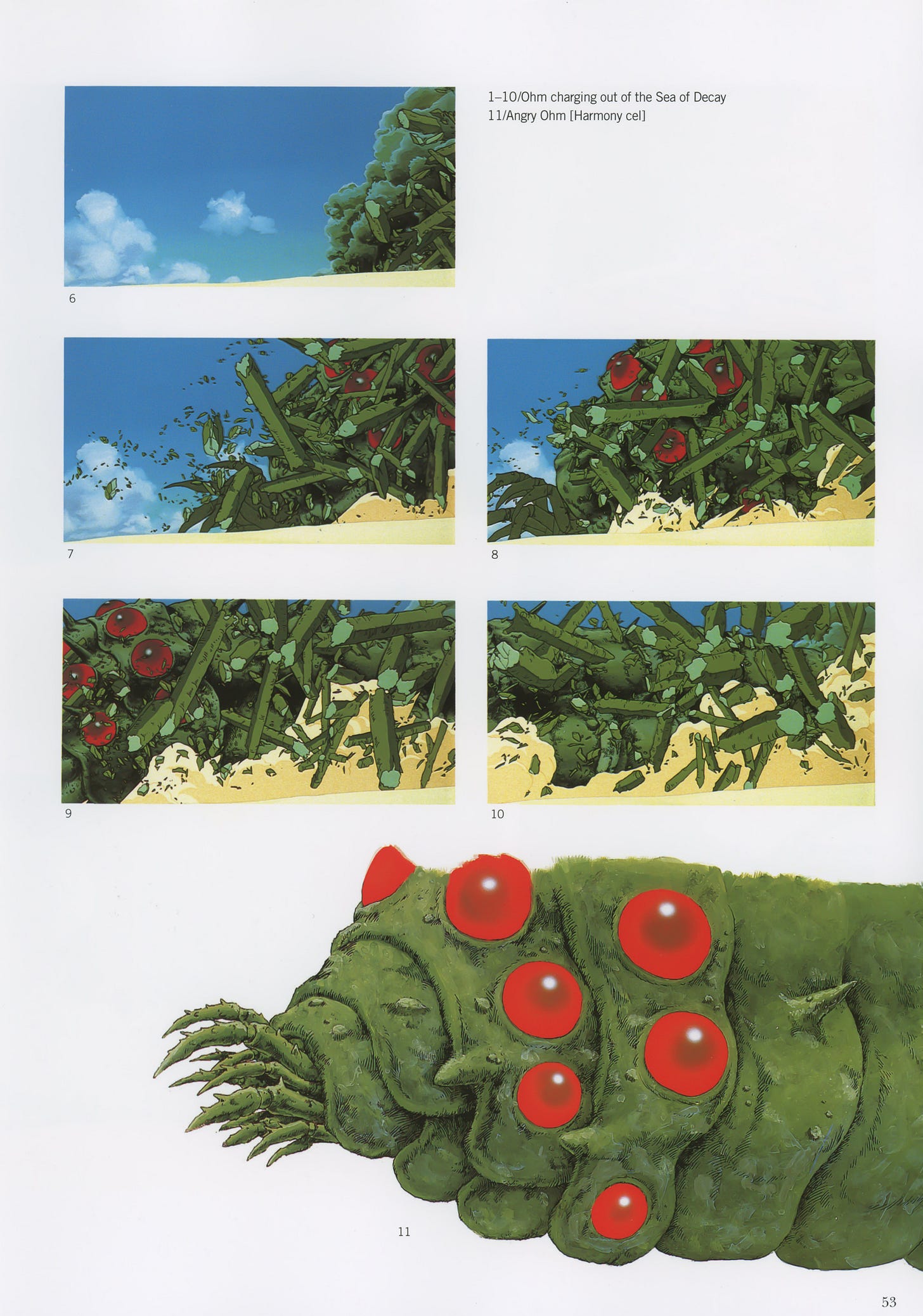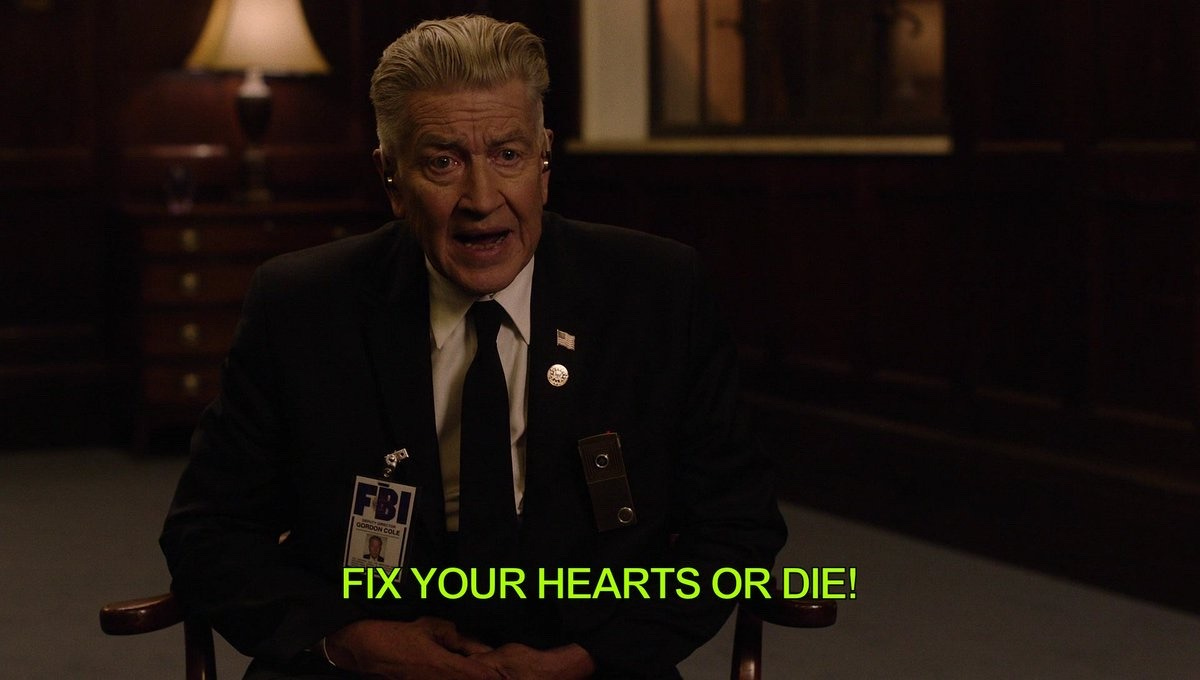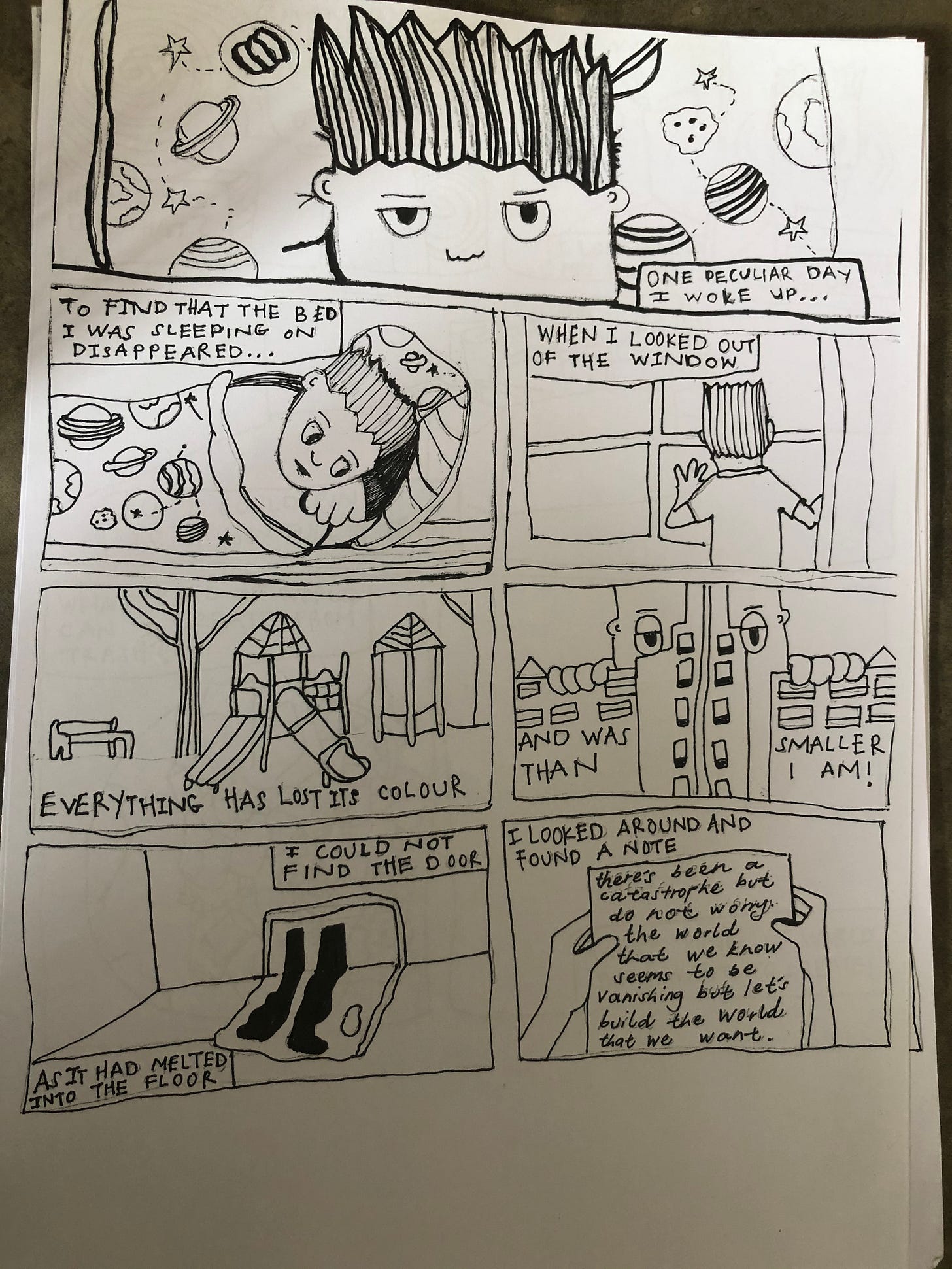tender bender 404
taking a tiny break from words and worlds to sit quietly as I let myself die for a while. here's a scroll of things (I've saved) before they die forever.
A dead part of a live whole.
Online, we regularly encounter websites that display signs of decay, ruin, and dereliction. The 404 error — “page not found” — is maybe the most common example of the “partially dead,” being the “dead” part of a live site. This is horrible architecture: evidence of faulty construction, a rupture in our expectation of smooth navigation; the URL does not behave as it should. The 404 error is a fundamental part of our online experience, yet it never fails to surprise, bewilder or frustrate.
Not only does this “dead” page exist on a live and otherwise functioning site, but signs of life often haunt it. Multiple websites have attempted to give their 404 pages a human touch: the New York Times’s 404 page takes a personal tone, encouraging users to search the site for something else instead (“We’re sorry, we seem to have lost this page, but we don’t want to lose you”). Twitter’s now-discontinued “fail whale” depicted a contented-looking beluga being lifted out of the sea by birds, looking playful and optimistic — a reminder that the page was created by real people with a sense of humor. Still, the page points to a lack of structural integrity that cheery copy cannot mask. A URL has been changed somehow, either edited without a redirect link, or its content deleted entirely and its internal links not correctly removed. It’s a sign of ruin in an otherwise living space.
— What Lies Beneath: The internet is decaying all around us by Laura Maw
Also doing this made me miss peak tumblr era quite a lot.
Take care my loves. Hydrate, ressociate and stay in love. may you find pleasures in your death and dying too and hold your love ones extra close. Hope to be back in May. <3


















